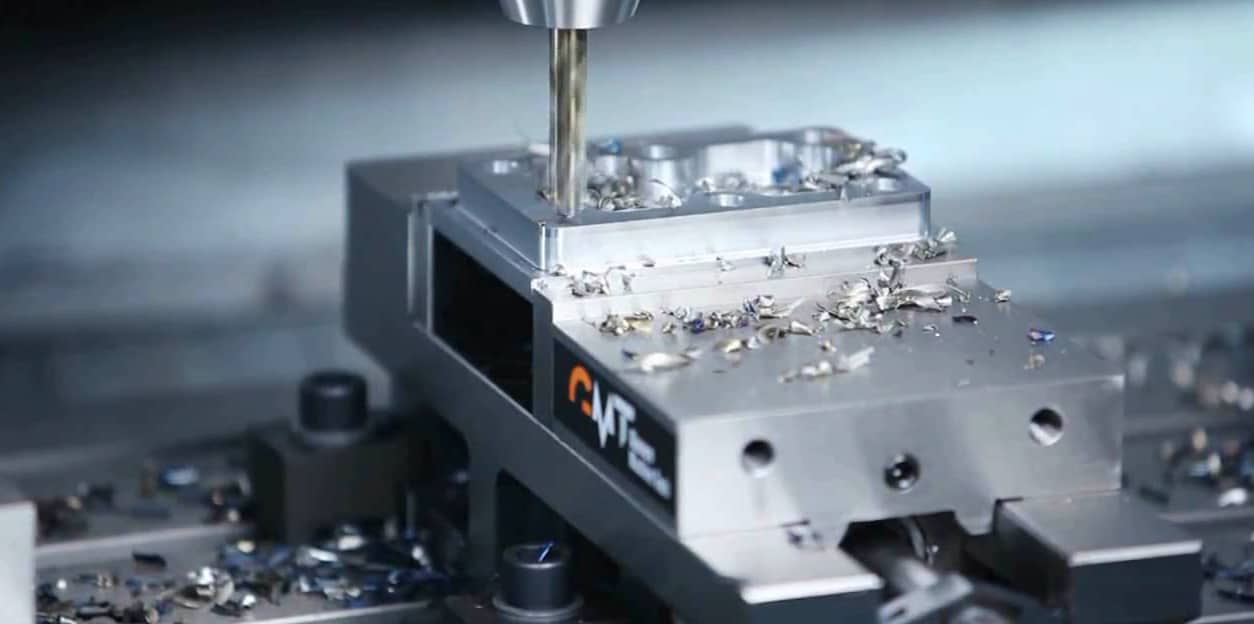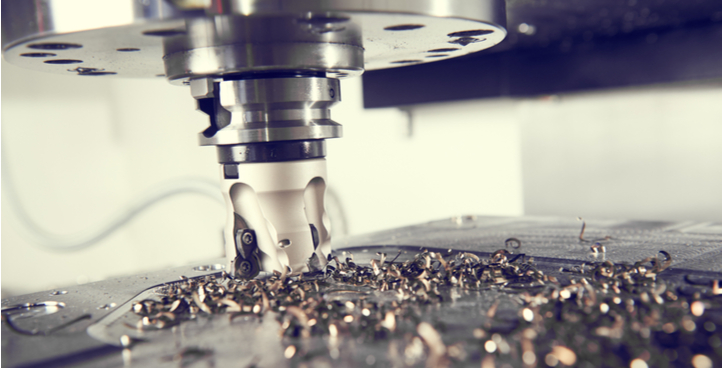The world of machining is vast and complex, with countless tools and techniques used to shape and create various components. One such tool that has stood the test of time is the conventional milling machine. But what is conventional milling machine? In this article, we dive deep into the workings of this essential machinery, covering everything from its basic components to its prevalent applications.

Understanding the Basics of Conventional Milling Machines
At its core, a conventional milling machine is a type of machine tool that uses rotary cutters to remove material from a workpiece. This machine is operated manually, providing the operator with the ability to control the speed, feed, and direction of the cut.
The term ‘conventional’ denotes the machines manual operation as opposed to CNC milling machines, which are programmable and automated. Despite the rise of CNC technology, conventional milling machines remain a staple in many workshops due to their flexibility and precision.
Components of a Conventional Milling Machine
The Main Frame
The main frame serves as the machine’s foundation, providing stability and strength. It supports the other components and ensures that the machine remains rigid during operation.
Spindle
The spindle is a crucial element, rotating the cutting tool at various speeds. Its responsible for the machines cutting action.
Table
The table is where the workpiece is placed and clamped. Its adjustable in multiple directions, allowing for precise cutting operations.
Cutting Tools
The cutting tools are replaceable and come in different shapes and sizes, designed for various materials and cutting techniques.
Operational Principles of Conventional Milling Machines
Unlike CNC machines, which follow a predefined program, conventional milling machines require the operator to manually control the cutting process. This involves adjusting the spindle speed, feed rate, and the direction of the cut in real-time.
Horizontal vs. Vertical Milling
These machines can be classified into two categories based on the orientation of the spindle: horizontal and vertical. In horizontal milling machines, the spindle is parallel to the workpiece table, whereas in vertical milling machines, the spindle is perpendicular.
Climb Milling vs. Conventional Milling
Another classification is based on the direction of the cutter rotation relative to the feed. In climb milling, the cutter rotates in the same direction as the workpiece feed. In conventional milling, it rotates in the opposite direction. Each method has its advantages and applications.
Applications of Conventional Milling Machines
Prototyping and Small Batch Production
Conventional milling machines are vital in prototyping and small-batch production environments. Their flexibility allows operators to quickly make adjustments, ideal for custom and short-run jobs.
Mold Making
In the mold-making industry, these machines are used to create intricate and precise molds. They allow for the creation of complex shapes essential in various manufacturing processes.
Tool and Die Work
Tool and die makers rely heavily on conventional milling machines to produce specialized tools and dies. The machines accuracy and ability to handle complex tasks make them indispensable.
Advantages of Conventional Milling Machines
Flexibility
One of the main advantages of conventional milling machines is their flexibility. They allow operators to make quick changes during the machining process, which is essential for industries that require custom parts.
Cost-Effectiveness
Conventional milling machines are generally more affordable than their CNC counterparts. This makes them accessible to small shops and educational institutions.
User Skill Development
Operating a conventional milling machine requires a high level of skill and experience, providing valuable hands-on training for machinists.
Challenges and Limitations of Conventional Milling Machines
Manual Operation
The manual operation can be a double-edged sword. While it offers flexibility, it also requires significant operator skill and can be time-consuming.
Lack of Automation
Unlike CNC machines, conventional milling machines lack automation, limiting their efficiency for high-volume production runs.
Future of Conventional Milling Machines
Despite the increasing adoption of CNC technology, conventional milling machines are here to stay. Their versatility and affordability make them a valuable tool for many industries.
Maintaining a Conventional Milling Machine
Proper maintenance is crucial for the longevity and performance of a conventional milling machine. Regular cleaning, lubrication, and inspections can help prevent breakdowns and ensure smooth operation.

Safety Tips for Operating Conventional Milling Machines
Safety should always be a top priority when operating any machinery. This includes wearing appropriate personal protective equipment, ensuring the workspace is clean, and following all operational guidelines.
FAQ
For more detailed insights into the machining world, check out this machining guide and other resources on our blog.